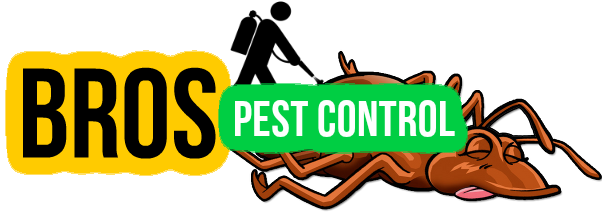Bee Removal Seattle, WA | Yellow Jackets, Wasps, Hornets
Seattle Bee Control & Extermination
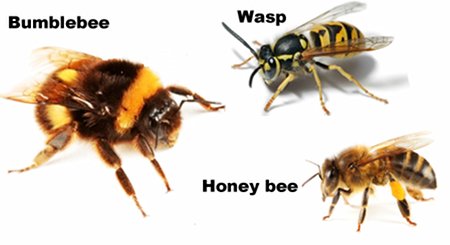 Bro’s Pest Control specializes in bee removal Seattle, WA. Bro’s Pest Control is your connection to safe bee removal and extermination services in the Seattle area. Exterminators within our network specialize in: wasp control, hornet control, bee swarm removal and bee removal. Pest control services can also include sealing off the entrances and exits, repairs from hive and damage, as well as traps. Bee’s can pose danger, especially if a loved one is allergic. Contact Bro’s Pest Control today to control your bee problem in the Seattle area.
Bro’s Pest Control specializes in bee removal Seattle, WA. Bro’s Pest Control is your connection to safe bee removal and extermination services in the Seattle area. Exterminators within our network specialize in: wasp control, hornet control, bee swarm removal and bee removal. Pest control services can also include sealing off the entrances and exits, repairs from hive and damage, as well as traps. Bee’s can pose danger, especially if a loved one is allergic. Contact Bro’s Pest Control today to control your bee problem in the Seattle area.
For Bee Control Seattle, Washington Call, 1-888-497-9069
Specialized Bee Removal & Extermination
Bro’s Pest Control professionals can help you with all different bee problems including:
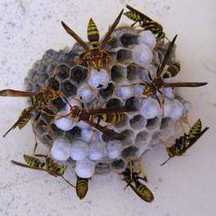 Removal of hives, bee swarm removal, yellow jacket removal, hornet removal, bumble bee removal and various of bee removal jobs. Bee removal Seattle, WA experts will come out to your home or business and remove unwanted bee’s safely and at a reasonable price. Same day appointments for bee removal can be scheduled, if needed. Ready for bee control Seattle, WA? Contact us today by calling 1-888-497-9069.
Removal of hives, bee swarm removal, yellow jacket removal, hornet removal, bumble bee removal and various of bee removal jobs. Bee removal Seattle, WA experts will come out to your home or business and remove unwanted bee’s safely and at a reasonable price. Same day appointments for bee removal can be scheduled, if needed. Ready for bee control Seattle, WA? Contact us today by calling 1-888-497-9069.
Bee, Wasp & Hornet Treatment
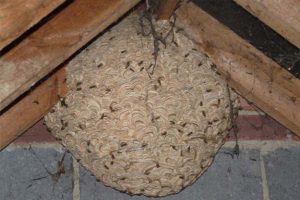 Bee, wasp or hornet treatment Seattle, WA will require one of our bee specialists to come out to your home to perform a free inspection. They will arrive fully equipped to eliminate your bee issue. The bee exterminator will identify the location of the nest, depending on the type of stinging insect problem you have, and eliminate/remove the problems to protect your family’s health and safety. In the case of a hornets nest, the technician will treat the nest and return to remove it after insuring that all the pests have been killed.
Bee, wasp or hornet treatment Seattle, WA will require one of our bee specialists to come out to your home to perform a free inspection. They will arrive fully equipped to eliminate your bee issue. The bee exterminator will identify the location of the nest, depending on the type of stinging insect problem you have, and eliminate/remove the problems to protect your family’s health and safety. In the case of a hornets nest, the technician will treat the nest and return to remove it after insuring that all the pests have been killed.
Bees are flying insects closely related to wasps and ants, known for their role in pollination and, in the case of the best-known bee species, the European honey bee, for producing honey and beeswax. For bee removal Seattle, WA — contact us today!
Bee Extermination Seattle, Washington
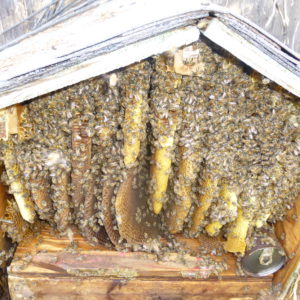 Assuming the bee's in question are not honeybee's, a Bro's Pest Control expert can exterminate them. Every year, beekeepers are called upon to give advice regarding the removal of honey bees (and other insect pests) from homes and buildings since honey bees are NOT to be exterminated. Honey Bee removal on the other hand, includes relocating the bee's to a different location. If you have a bumble bee, wasp or yellow jacket bee problem in Seattle, WA -- then extermination can be done. For wasp, bumble bee, hornet or yellow jacket extermination Seattle, WA -- please get in touch with Bro's Pest Control today!
Assuming the bee's in question are not honeybee's, a Bro's Pest Control expert can exterminate them. Every year, beekeepers are called upon to give advice regarding the removal of honey bees (and other insect pests) from homes and buildings since honey bees are NOT to be exterminated. Honey Bee removal on the other hand, includes relocating the bee's to a different location. If you have a bumble bee, wasp or yellow jacket bee problem in Seattle, WA -- then extermination can be done. For wasp, bumble bee, hornet or yellow jacket extermination Seattle, WA -- please get in touch with Bro's Pest Control today!
Seattle, Washington
Seattle (i/siˈætəl/) is a seaport city on the west coast of the United States and the seat of King County, Washington. With an estimated 686,800 residents as of 2016[update],[3] Seattle is the largest city in both the state of Washington and the Pacific Northwest region of North America. In July 2013, it was the fastest-growing major city in the United States[7] and remained in the Top 5 in May 2015 with an annual growth rate of 2.1%.[8] The city is situated on an isthmus between Puget Sound (an inlet of the Pacific Ocean) and Lake Washington, about 100 miles (160 km) south of the Canada–United States border. A major gateway for trade with Asia, Seattle is the fourth-largest port in North America in terms of container handling as of 2015[update].[9]
The Seattle area was previously inhabited by Native Americans for at least 4,000 years before the first permanent European settlers.[10]Arthur A. Denny and his group of travelers, subsequently known as the Denny Party, arrived from Illinois via Portland, Oregon, on the schooner Exact at Alki Point on November 13, 1851.[11] The settlement was moved to the eastern shore of Elliott Bay and named "Seattle" in 1852, after Chief Si'ahl of the local Duwamish and Suquamish tribes.
The western honey bee or European honey bee (Apis mellifera) is the most common of the 7–12 species of honey bee worldwide.[1][2] The genus name Apis is Latin for "bee", and mellifera means "honey-bearing", referring to the species' tendency to produce a large quantity of honey for storage over the winter.
Like all honey bees, the western honey bee is eusocial, creating colonies with a single fertile female (or "queen"), many sterile females or "workers," and small proportion of fertile males or "drones." Individual colonies can house tens of thousands of bees. Colony activities are organized by complex communication between individuals, through both odors and the dance language.
